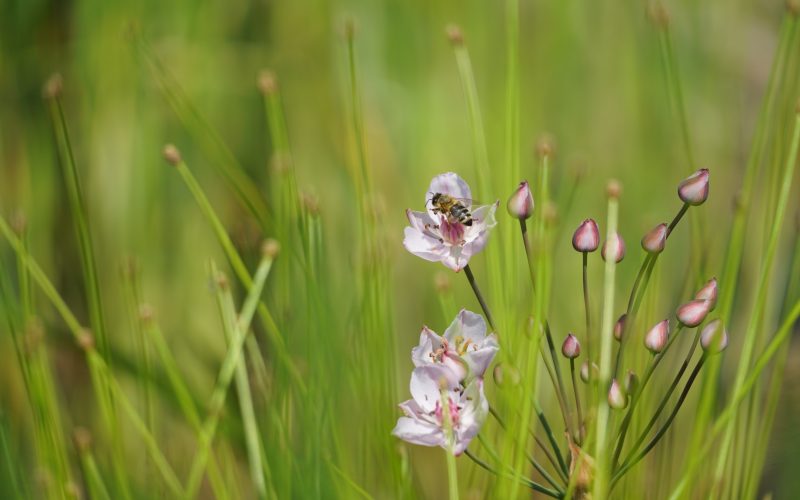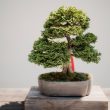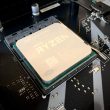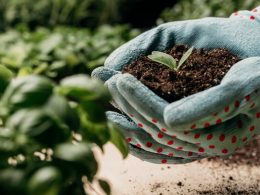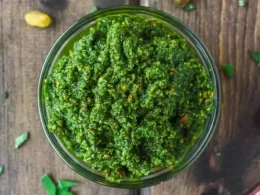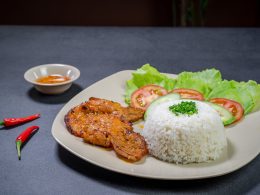Subtitle 1: Understanding the Importance of Pollinators
Pollinators, such as bees, butterflies, hummingbirds, and other insects, play a vital role in maintaining the health and biodiversity of ecosystems. Their primary job is to transfer pollen from the male reproductive organs of a flower to the female reproductive organs, allowing plants to produce fruits, seeds, and new generations. This process, known as pollination, is crucial for the reproduction and survival of many flowering plants.
Subtitle 2: The Mutual Relationship: Plants and Pollinators
Plants and pollinators share a mutual relationship that benefits both parties. While pollinators obtain nectar, a sugary liquid produced by flowers, as a source of energy, they inadvertently carry pollen grains from one flower to another, facilitating cross-pollination. In return, plants ensure their reproduction and genetic diversity through the assistance of pollinators. This interdependence has shaped the coevolution of plants and pollinators, resulting in an array of fascinating adaptations and interactions.
Subtitle 3: Choosing the Right Flowering Plants
To support pollinators in your garden, it’s essential to select flowering plants that provide an abundant and accessible nectar source. When choosing plants, consider the following factors:
- Flower Shape: Different pollinators have specific proboscis lengths or mouthparts that are adapted to different flower shapes. By offering a variety of flower shapes, you can attract a diverse range of pollinators.
- Blooming Period: Opt for plants that bloom at various times throughout the growing season to ensure a continuous nectar supply for pollinators.
- Native Species: Native plants are well-adapted to the local ecosystem and are often more attractive to native pollinators than exotic species.
- Chemical Use: Avoid using pesticides and herbicides in your garden, as they can be harmful to pollinators. Instead, embrace organic gardening practices.
Subtitle 4: Top Flowering Plants for Feeding Pollinators
- Bee Balm (Monarda): This perennial plant produces vibrant and aromatic flowers that attract hummingbirds, bees, and butterflies.
- Butterfly Bush (Buddleja): As its name suggests, the butterfly bush is a magnet for butterflies and other pollinators due to its dense clusters of nectar-rich flowers.
- Purple Coneflower (Echinacea purpurea): Loved by bees and butterflies, this hardy perennial boasts large, daisy-like flowers that provide ample nectar.
- Sunflowers (Helianthus): Sunflowers offer a generous supply of nectar and pollen, attracting bees and butterflies. Their large blooms also serve as landing platforms for pollinators.
- Lavender (Lavandula): Known for its fragrant flowers, lavender is a favorite among bees and butterflies, providing both nectar and pollen.
- Salvia (Salvia spp.): With their tubular flowers, salvias are popular among hummingbirds and other long-tongued pollinators.
Subtitle 5: Creating a Pollinator-Friendly Garden
To create a pollinator-friendly garden, follow these tips:
- Plant in Clusters: Group flowers of the same species together to create conspicuous patches, making it easier for pollinators to locate them.
- Provide Shelter: Include shrubs, trees, and grasses to offer shelter and nesting sites






